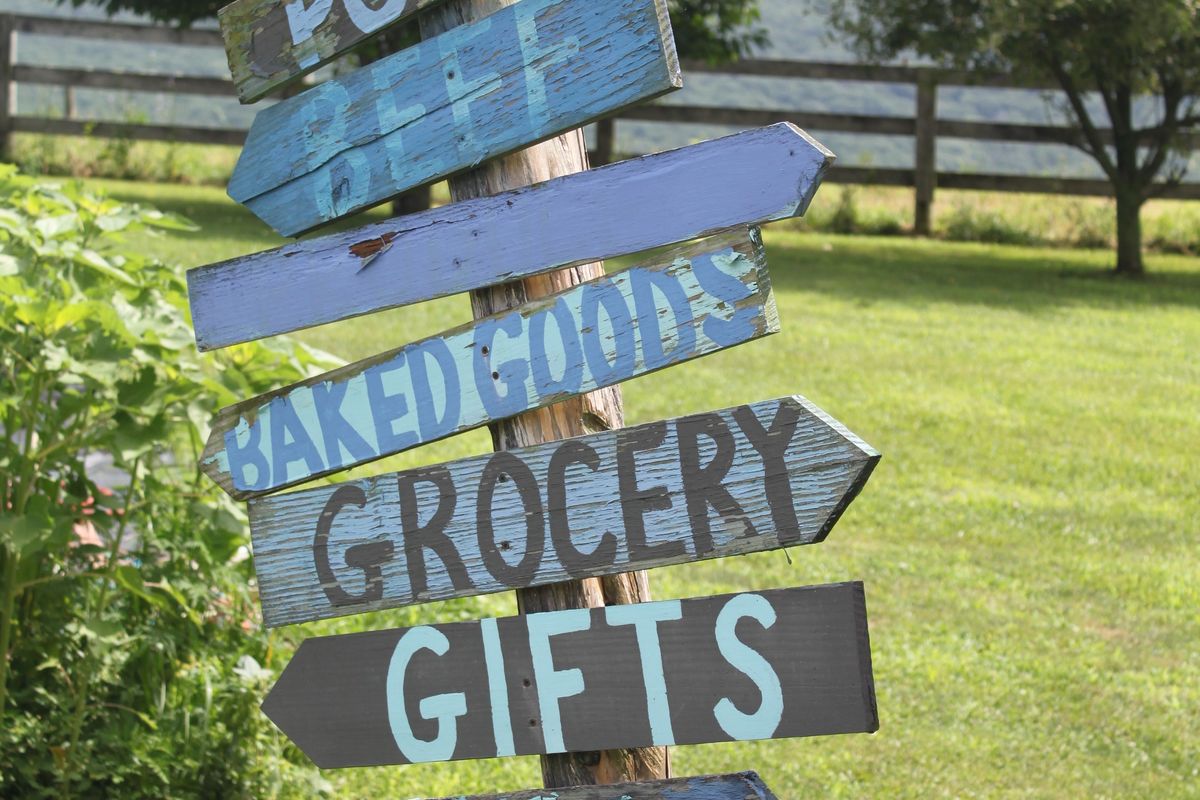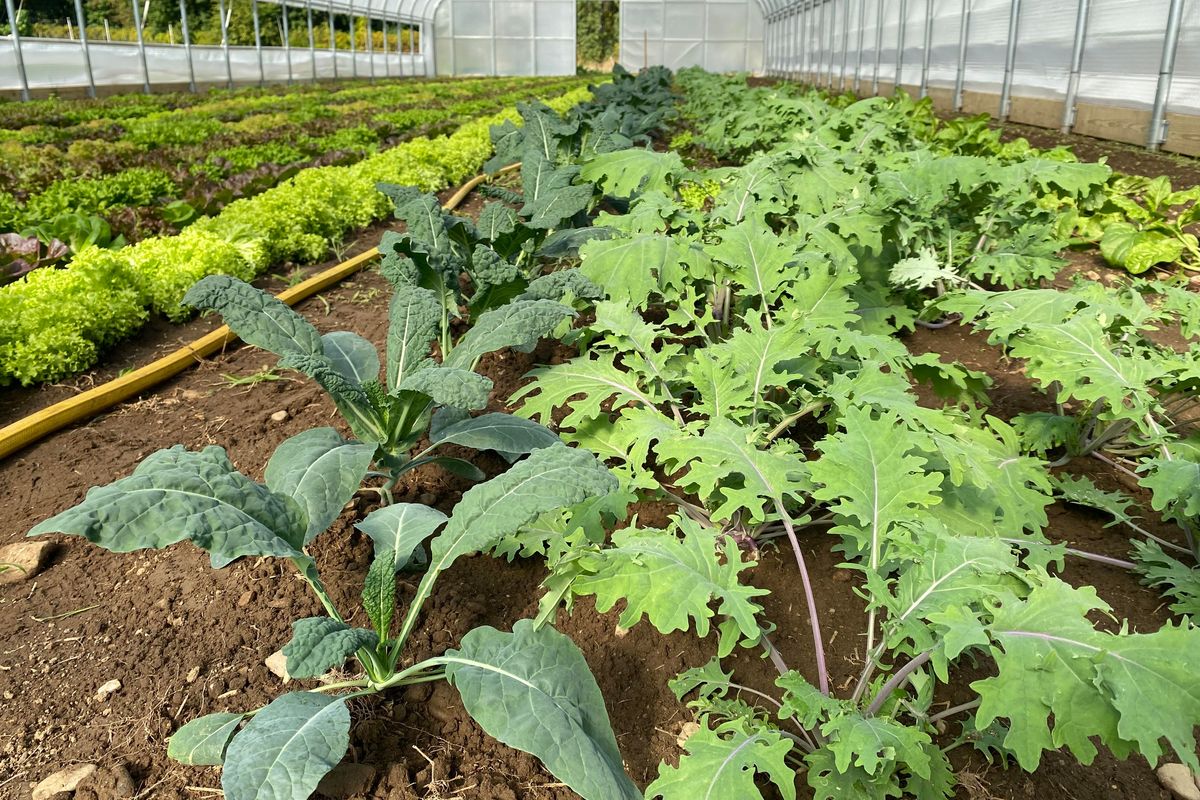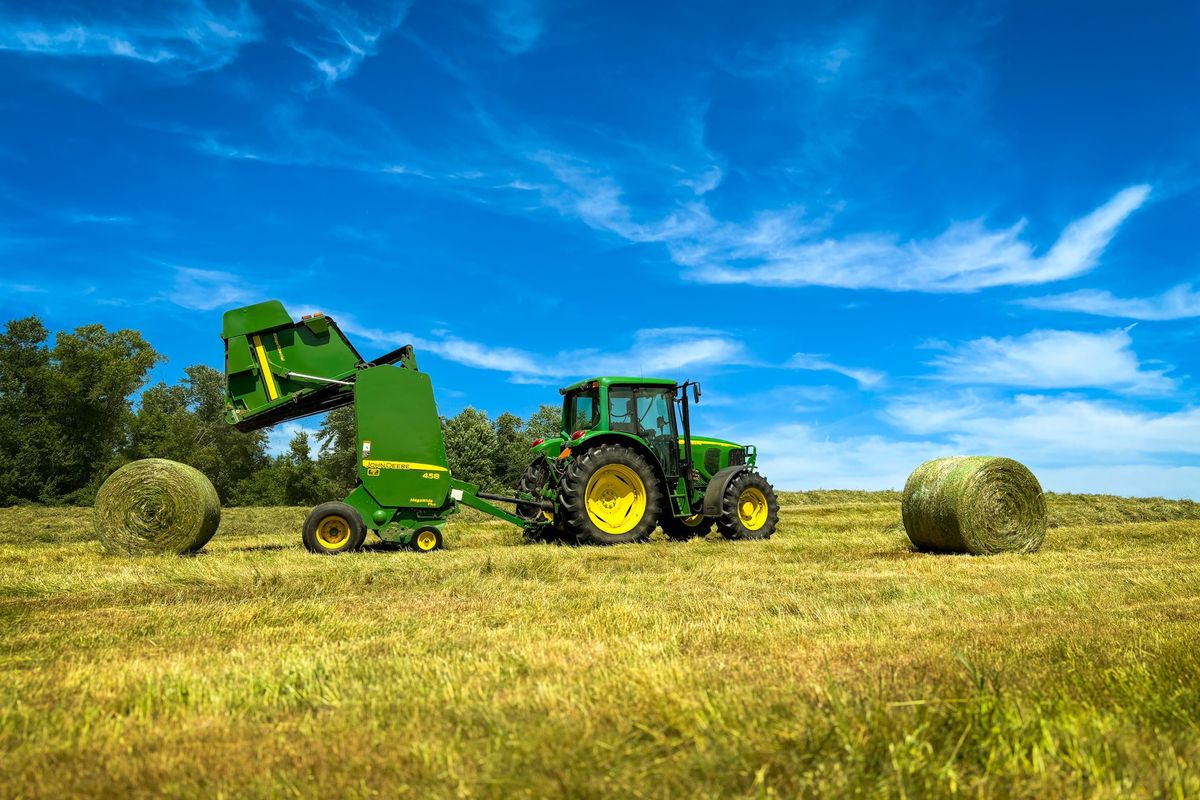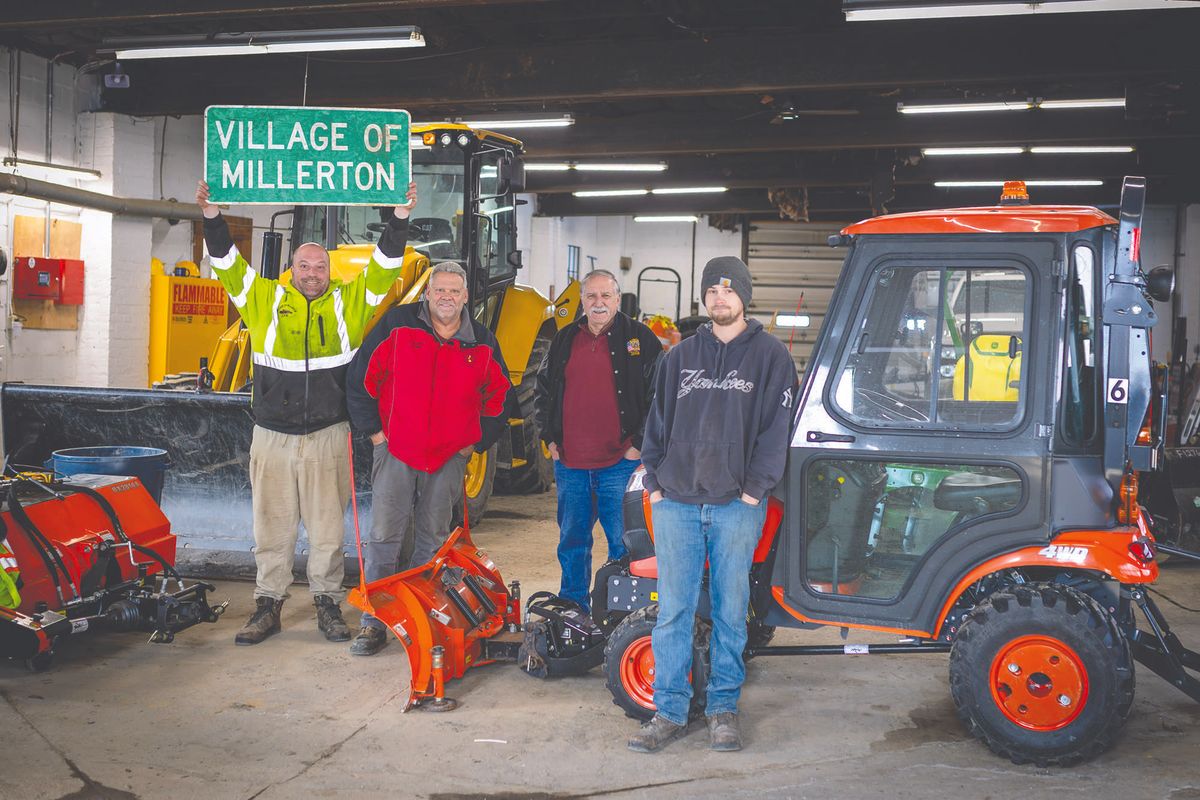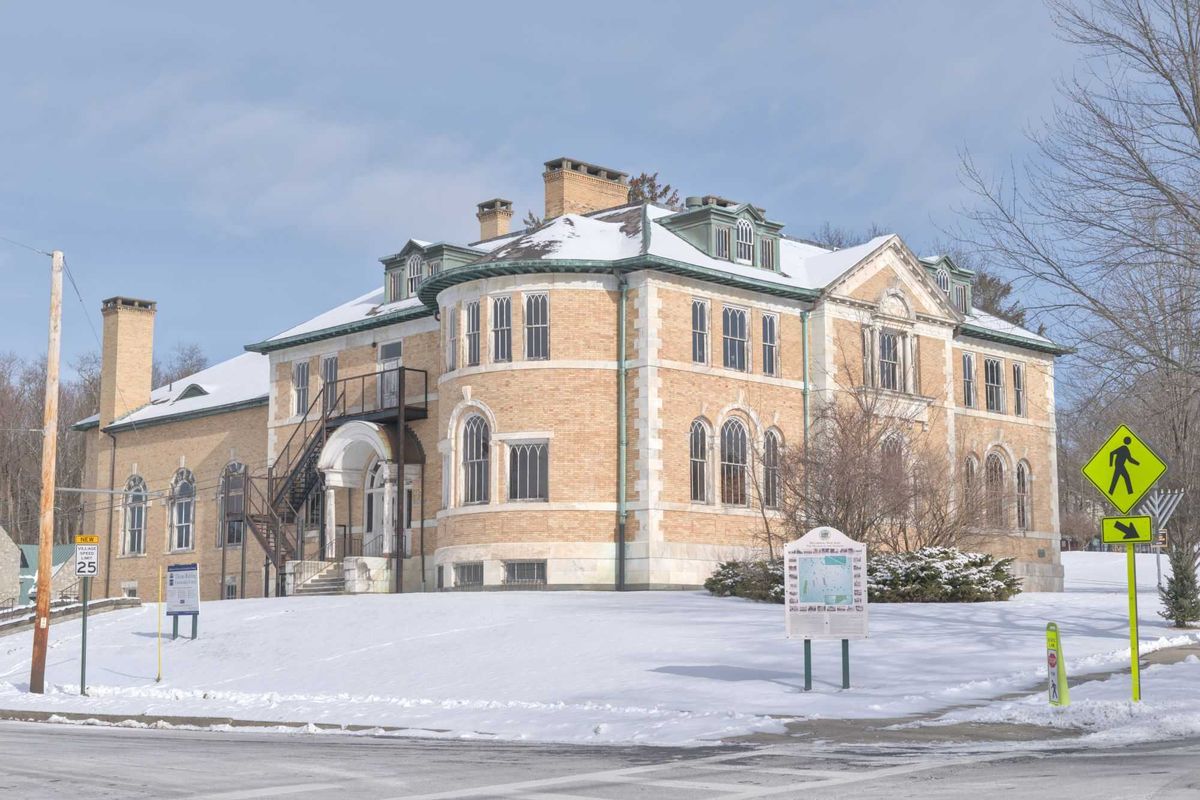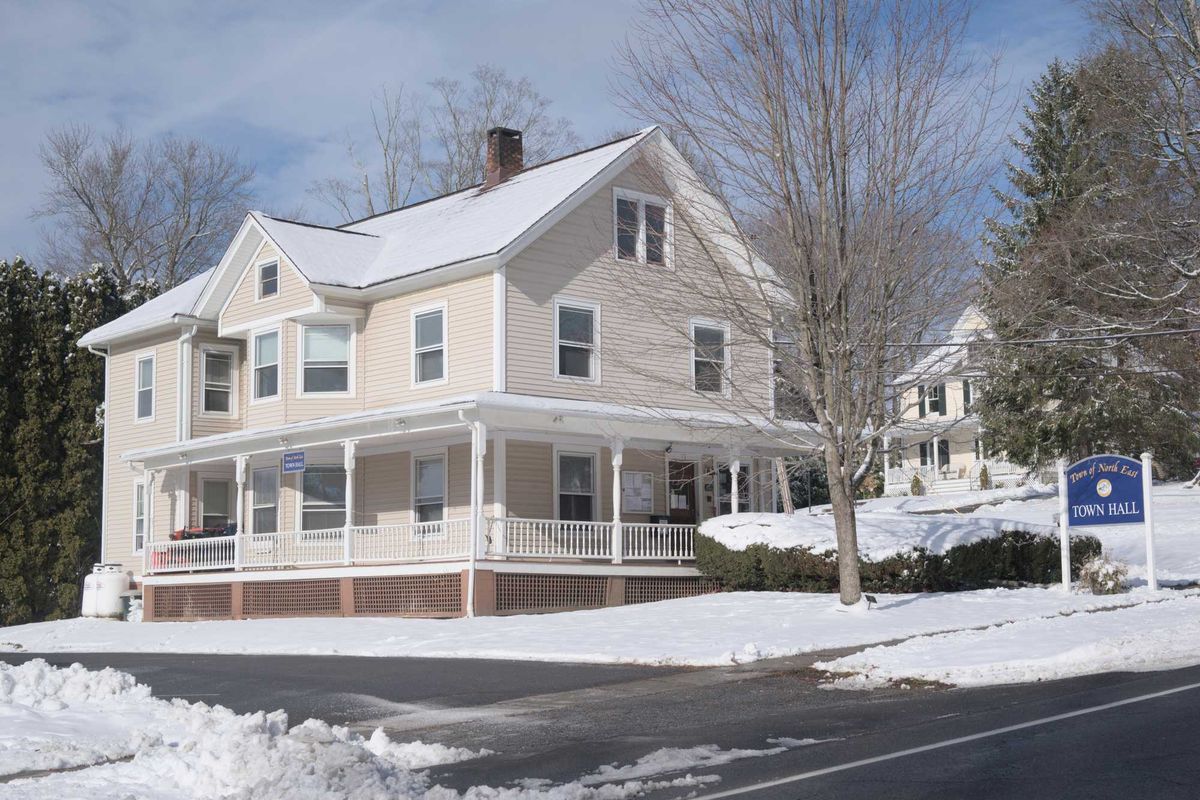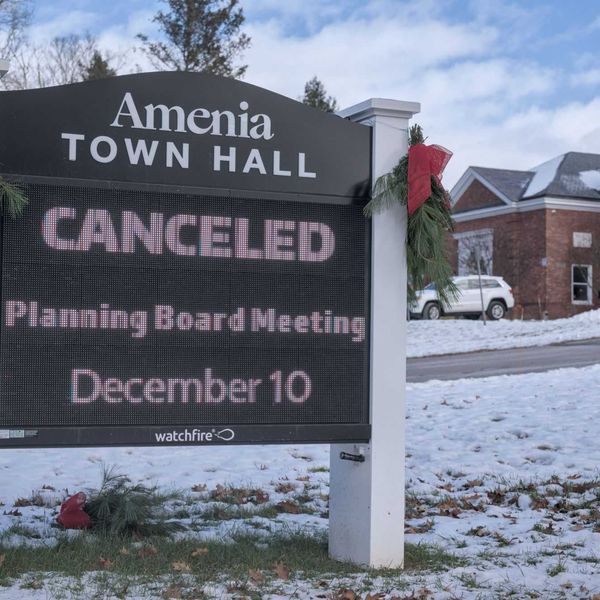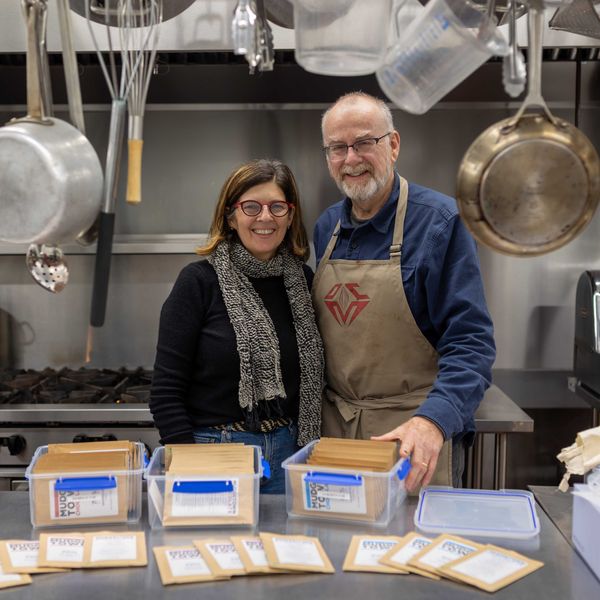Coon Brothers’ dairy cows embrace new automated milking system
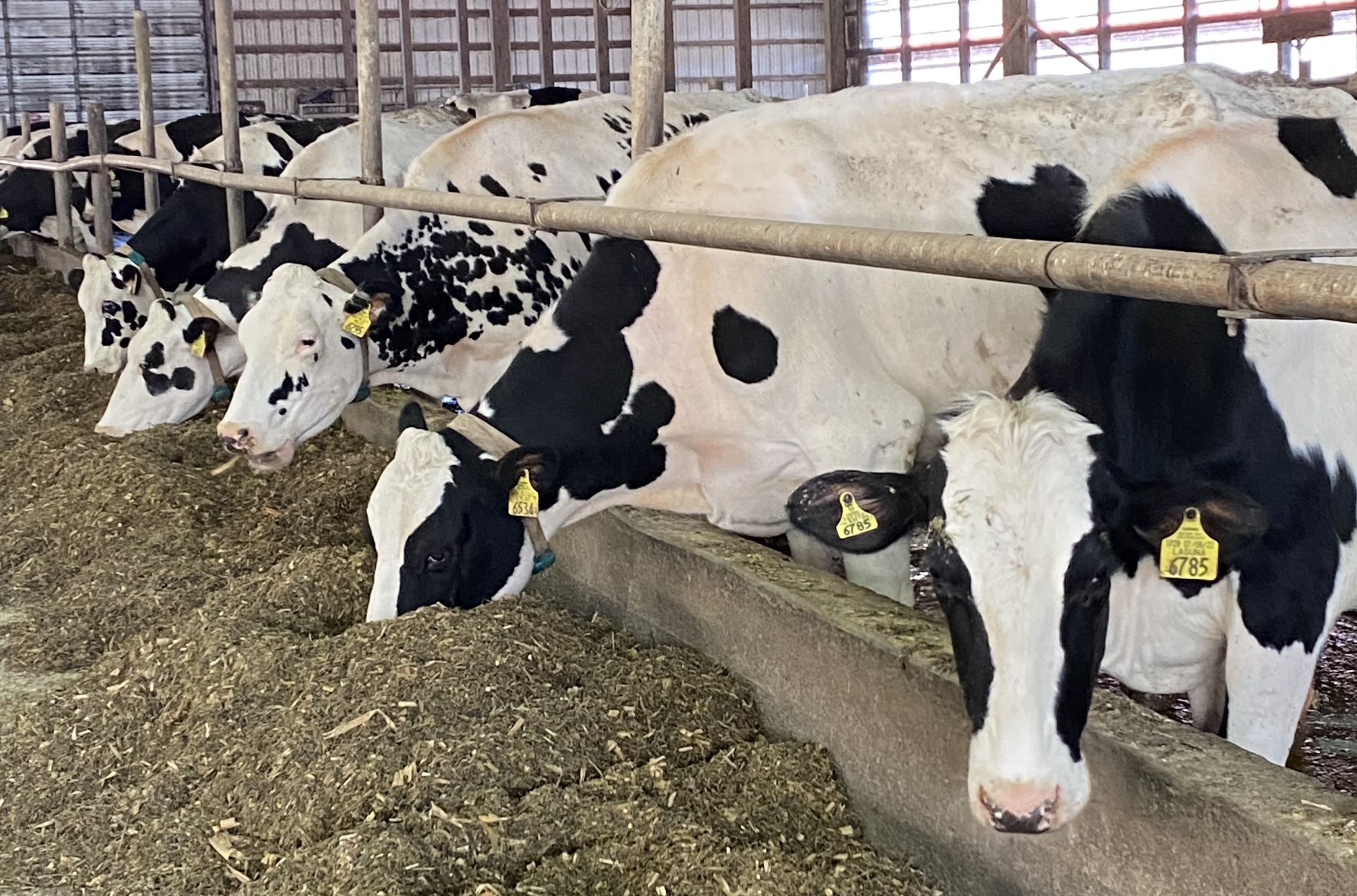
Cows at the Coon Brothers' farm munch on molasses feed until they feel the need to mosy to the brand-new robotic milkers that automatically extract milk from their udders.
Photo by Leila Hawken
 Fully automated milking systems have been installed at Coon Brothers Farm in Amenia. Computers at each milking station monitor quantity and quality. Visitors were invited to an open barn tour on Sunday, Dec. 1, to see the new systems at work.Photo by Leila Hawken
Fully automated milking systems have been installed at Coon Brothers Farm in Amenia. Computers at each milking station monitor quantity and quality. Visitors were invited to an open barn tour on Sunday, Dec. 1, to see the new systems at work.Photo by Leila Hawken